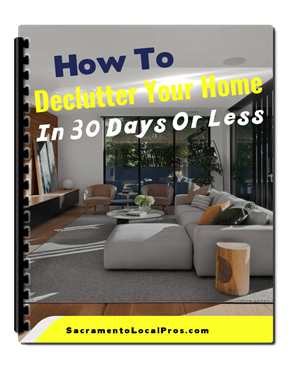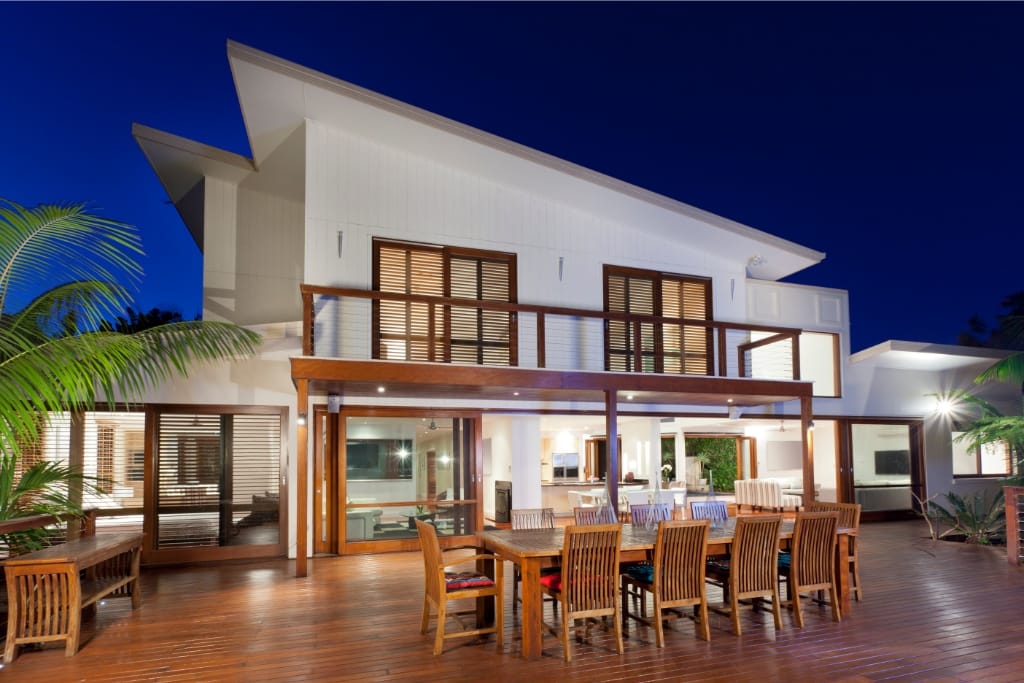Creating an outdoor oasis starts with finding the right patio cover. Whether you're looking to escape harsh sun rays, shield your furniture from unexpected rain, or extend your living space beyond four walls, the perfect cover can transform your patio into a year-round retreat.
But with countless materials, styles, and installation options available, choosing the right patio cover can feel overwhelming.
From pergolas and awnings to solid roof structures, each option has its own benefits and considerations.
The key lies in understanding your specific needs, budget, and local climate conditions.
We'll break down ten tips to help you navigate the selection process with confidence.
By the end, you'll have the knowledge needed to make an informed decision that enhances both your outdoor experience and property value.
1)) Consider Your Local Climate First
Your regional weather patterns should drive your patio cover decision more than aesthetic preferences.
Areas with intense sun exposure require covers with high UV protection ratings, while regions prone to heavy rainfall need waterproof materials with proper drainage systems.
Snow loads present another critical factor. If you live in an area that receives significant snowfall, your cover must handle the additional weight without collapsing or sustaining damage.
Check local building codes for specific load requirements in your area.
Wind resistance matters equally. Coastal areas or regions with frequent storms need covers designed to withstand high winds.
Look for covers with wind ratings that exceed your area's typical conditions, providing an extra safety margin.
2)) Determine Your Primary Purpose
Different covers excel at different functions. Shade-focused covers like pergolas with climbing vines offer excellent sun protection while maintaining airflow.
Rain protection requires solid roofing materials or high-quality fabric with waterproof coatings.
Temperature control needs might push you toward insulated covers that help regulate heat.
These work particularly well for extending outdoor dining seasons or creating comfortable workspaces outside.
Consider whether you need year-round protection or seasonal coverage. Retractable options provide flexibility but typically cost more than permanent installations.
3)) Set A Realistic Budget Range
Patio covers range from budget-friendly DIY pergola kits starting around $200 to custom-built structures costing $15,000 or more.
Understanding this spectrum helps set realistic expectations.
Factor in installation costs if you're not doing the work yourself. Professional installation typically adds 30-50% to material costs but ensures proper structural integrity and warranty coverage.
Don't forget ongoing maintenance expenses. Some materials require annual sealing or periodic fabric replacement, which adds to long-term ownership costs.
4)) Evaluate Material Options Carefully
Aluminum covers offer durability with minimal maintenance, but may feel industrial in appearance.
They handle weather extremes well and often come with lengthy warranties.
Wood provides natural beauty and customization options but requires regular maintenance to prevent rot, warping, and insect damage.
Cedar and redwood offer better weather resistance than pressure-treated lumber.
Fabric options range from basic canvas to high-tech materials with UV inhibitors and water repellent coatings.
These typically cost less initially but may need replacement every 5-10 years.
Vinyl materials combine low maintenance with weather resistance. While not as elegant as wood, modern vinyl options closely mimic natural materials while offering superior durability.
5)) Match Your Home's Architecture
Your patio cover should complement, not clash with, your home's existing style.
Traditional homes pair well with classic pergolas or solid roof extensions that mirror the main structure's roofline.
Modern homes can accommodate sleeker designs with clean lines and contemporary materials.
Consider how the cover's profile will look from both inside your home and from the street.
Color coordination matters significantly. Neutral tones typically work best for long-term satisfaction, though bold colors can make striking statements if they complement your landscaping and exterior palette.
6)) Plan For Proper Installation
Even the highest-quality materials fail without proper installation. Check whether your chosen cover requires building permits, which many permanent structures do.
Foundation requirements vary dramatically. Some covers need concrete footings, while others can anchor to existing concrete patios.
Understand these requirements before making your final selection.
Consider hiring professionals for complex installations involving electrical work, such as motorized awnings or integrated lighting systems.
DIY mistakes on these features can create safety hazards.
7)) Think About Maintenance Requirements
An honest assessment of your maintenance willingness prevents future frustration. High-maintenance materials like untreated wood might not suit busy lifestyles, regardless of their initial appeal.
Create a maintenance schedule for your chosen material before installation.
This helps you understand the time and cost commitments involved in keeping your cover looking great.
Some materials offer maintenance-free benefits but at higher upfront costs. Weigh these trade-offs based on your long-term plans for the property.
8)) Consider Additional Features
Modern patio covers can integrate numerous convenience features. Built-in lighting extends usable hours while creating ambiance for evening entertaining.
Heating elements like infrared heaters allow comfortable outdoor use in cooler weather.
These work particularly well in covers with partial walls or windscreens.
Ceiling fans improve air circulation under solid covers, making hot summer days more comfortable.
Ensure your electrical planning accommodates any desired features from the beginning.
9)) Evaluate Long-term Value
Quality patio covers add measurable value to most properties. Real estate professionals report that well-designed outdoor living spaces appeal strongly to home buyers.
Consider your long-term property plans. If you're planning to sell within a few years, choose covers with broad appeal rather than highly personalized options.
Energy savings from reduced cooling costs can offset some installation expenses over time.
Covers that shade windows and doors help reduce interior temperatures naturally.
10)) Get Multiple Professional Opinions
Even if you're planning a DIY installation, consulting with professionals provides valuable insights.
Many contractors offer free estimates that include structural assessments and material recommendations.
Local building departments can clarify permit requirements and setback restrictions that affect your options.
Understanding these limitations early prevents costly design changes later.
Talk to neighbors who have similar installations. Their real-world experiences with different materials and contractors provide invaluable practical insights.
Conclusion
Choosing the perfect patio cover requires balancing multiple factors, but the reward of enhanced outdoor living makes the effort worthwhile.
Start by honestly assessing your climate, needs, and budget, then work through each consideration systematically.
The best cover for your neighbor might not be ideal for your situation.
Focus on your specific requirements rather than following trends that don't match your lifestyle or property.
Take time to research thoroughly and don't rush the decision. A well-chosen patio cover provides years of comfort and enjoyment while adding lasting value to your home.
Your future self will appreciate the careful consideration you put into this important addition to your outdoor living space.
Download Our Free E-book!







